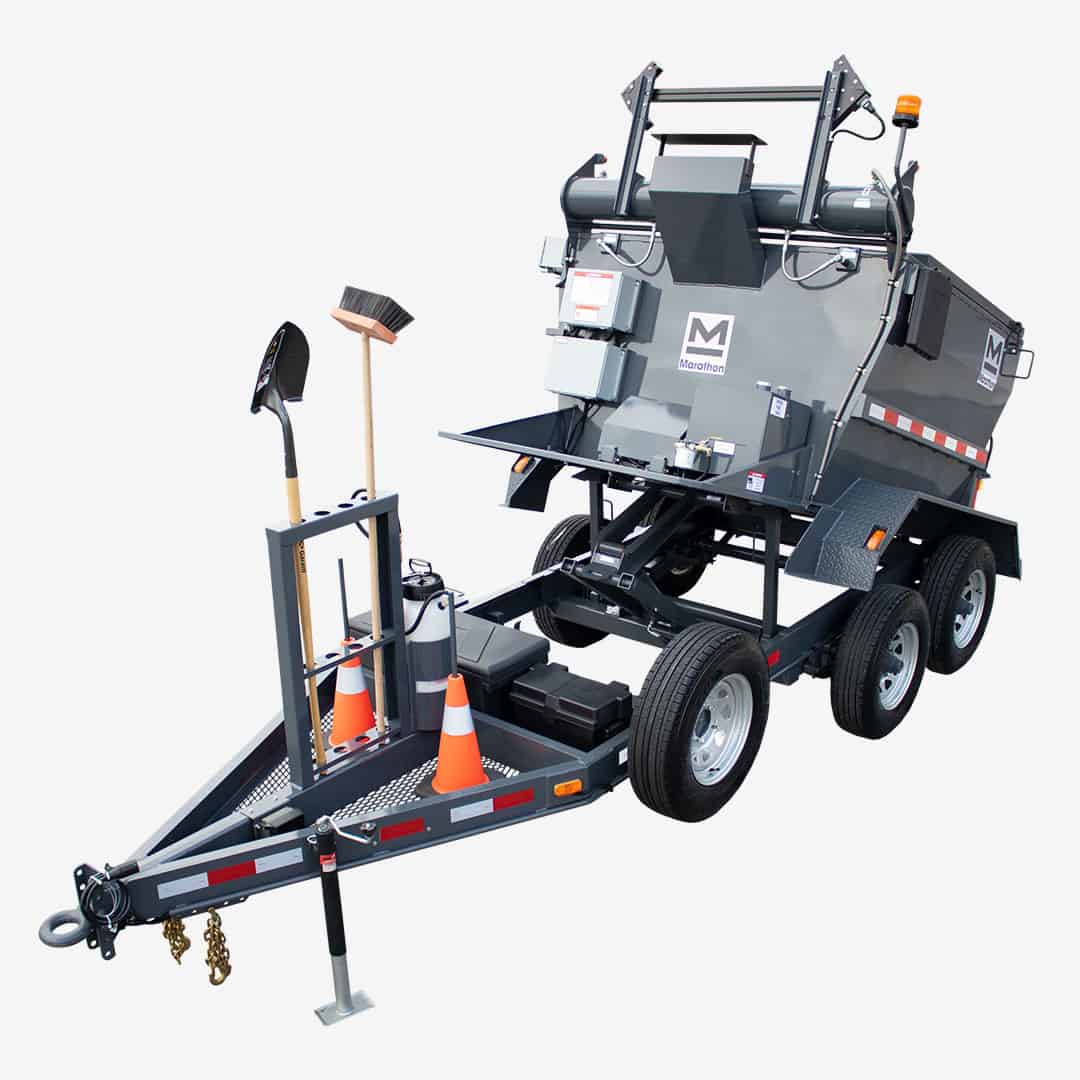Unlocking the Tricks of Warm Mix Asphalt Modern Technology
Exploring the depths of warm mix asphalt technology uncovers a world where precise solutions and meticulous processes assemble to shape our roadways and framework. The combination of binders, fillers, and accumulations isn't merely a construction job yet a tactical orchestration of resilience and performance. As we peer right into the intricate dance of elements, a tapestry of strength and sustainability unravels. What lies beneath this surface of asphaltic proficiency, and what keys wait to be revealed in the realm of paving advancements?
Significance of Warm Mix Asphalt
Hot Mix Asphalt plays a critical duty in contemporary framework advancement as a result of its longevity and cost-effectiveness. As the most commonly made use of leading material for roadways, freeways, and parking area, Hot Mix Asphalt supplies a series of advantages that add to its importance in building and construction projects. One crucial benefit is its capacity to stand up to hefty web traffic lots and harsh weather conditions, offering a durable and trustworthy surface area for transport networks. In Addition, Hot Mix Asphalt is economical in both preliminary building and long-lasting upkeep, making it a recommended option for several infrastructure projects.
The durability of Warm Mix Asphalt stems from its make-up, which includes aggregates, binder, and filler products that are thoroughly picked and blended to fulfill particular performance requirements. Overall, the importance of Hot Mix Asphalt in framework development can not be downplayed, as it proceeds to be a keystone of modern building practices.
Parts of Asphalt Mixes
The make-up of asphalt mixes contains carefully selected accumulations, binder, and filler materials that are essential for accomplishing certain performance needs. Accumulations are the main part of asphalt mixes, offering strength and security. These aggregates can be natural, such as crushed rock or crushed stone, or artificial, like recycled products from old pavements. The binder, normally asphalt or asphalt concrete, holds the aggregates together and provides flexibility and longevity to the mix. The choice of the binder is crucial as it straight influences the mix's efficiency in various climate condition. Fillers, such as moisturized lime or Portland concrete, are used to enhance the mix's workability and aging resistance. Angled Parking.
The mix and proportion of these parts play a substantial function in figuring out the quality and performance of the asphalt mix. Designers carefully create the mix to fulfill particular needs, considering elements like traffic quantity, climate conditions, and pavement life expectancy. Correct selection and balancing of aggregates, binder, and fillers are essential for creating sturdy, lasting asphalt pavements.
Mixing and Manufacturing Techniques
As soon as the accumulations are selected, the binder, usually asphalt cement, is included to bind the products together. The binder's high quality and quantity dramatically influence the mix's resistance, adaptability, and strength to environmental factors. Furthermore, fillers like hydrated lime or Portland concrete may be incorporated to improve specific characteristics of the asphalt mix, such as its workability or moisture resistance.
Throughout manufacturing, the aggregates and binder are heated up, usually between 250-325 ° F(121-163 ° C ), to help with blending and make sure proper covering of the anchor aggregates. The mixing process needs to be complete to attain an uniform mix that advertises the preferred efficiency attributes of the asphalt. Various strategies, such as set mixing or drum blending, are utilized to accomplish high-grade and constant asphalt blends for construction tasks.
Factors Impacting Asphalt Efficiency
Factors affecting asphalt efficiency include an array of variables that impact the resilience, durability, and general top quality of asphalt sidewalks. One crucial aspect is the high quality of materials used in the asphalt mix.

Layout considerations, such as pavement thickness and water drainage, are crucial in making sure the lasting performance of the asphalt sidewalk. By meticulously considering these variables, designers and specialists can maximize asphalt performance and improve the service life of pavements.
Sustainable Practices in Asphalt Innovation

In addition, the growth of warm-mix asphalt (WMA) innovations has actually obtained traction in recent times. WMA enables the manufacturing and placement of asphalt blends at reduced temperatures compared to standard hot-mix asphalt, causing lowered power usage and greenhouse gas exhausts. The use of porous asphalt mixes can help mitigate stormwater runoff concerns by allowing water like it to infiltrate through the sidewalk and right into the ground, promoting all-natural water filtration and charge procedures. By applying these lasting techniques, the asphalt market can add to constructing an extra eco pleasant and resilient facilities network.
Verdict
To conclude, hot mix asphalt modern technology plays an important function in modern-day facilities growth as a result of its durability and cost-effectiveness. By thoroughly stabilizing components, employing appropriate blending methods, and considering different variables, designers can produce top notch asphalt mixes that withstand rush hour tons and severe climate condition. Welcoming sustainable methods, such as utilizing recycled materials and warm-mix technologies, better enhances the environmental friendliness of asphalt technology.
Mixing and production strategies in hot mix asphalt technology include the accurate combination and processing of accumulations, binder, and fillers to produce a high-performance and durable asphalt mix.Factors affecting asphalt efficiency encompass a variety of variables that affect the sturdiness, long life, and overall quality of asphalt sidewalks. Lasting techniques in asphalt innovation encompass numerous campaigns aimed useful content at lowering the environmental effect of asphalt manufacturing and paving procedures. By incorporating reclaimed asphalt pavement (RAP) and recycled asphalt tiles (RAS) right into new asphalt blends, the industry can considerably decrease the consumption of raw products and energy, while also lowering land fill waste.
WMA allows for the production and positioning of asphalt blends at reduced temperatures compared to conventional hot-mix asphalt, resulting in reduced energy intake and greenhouse gas emissions.